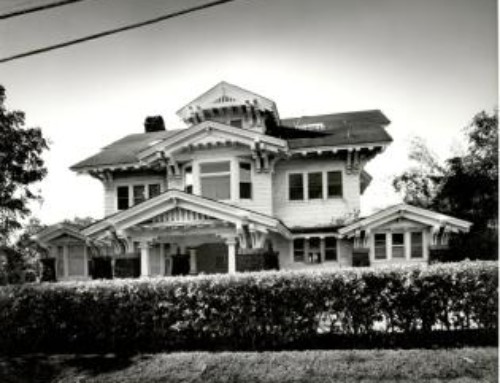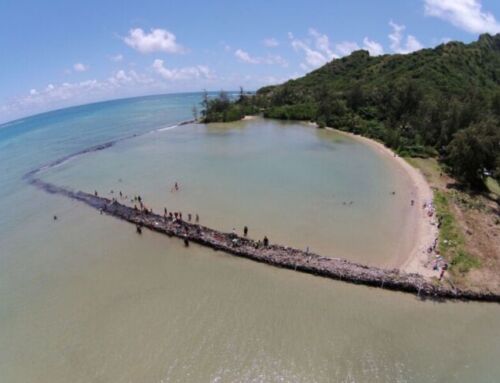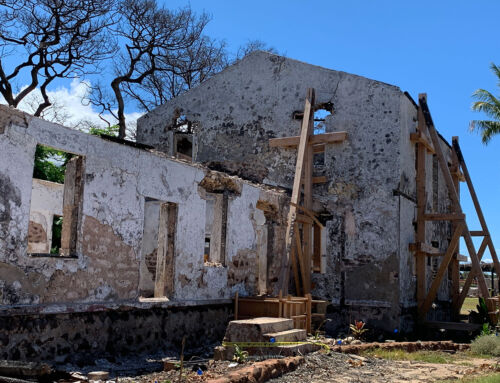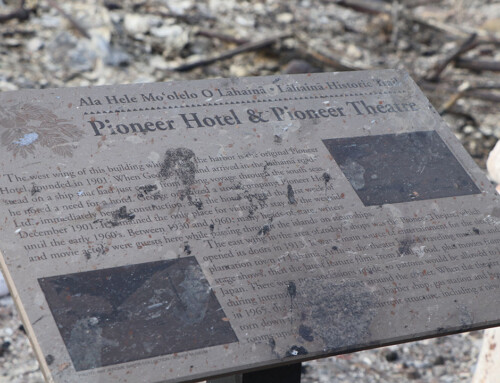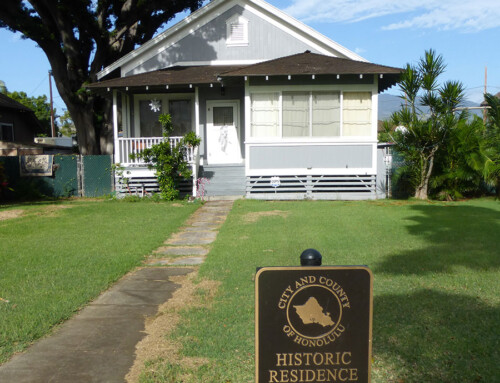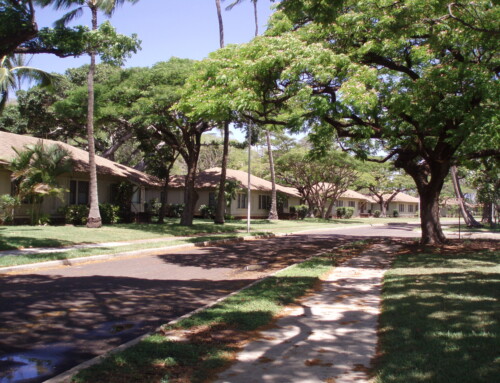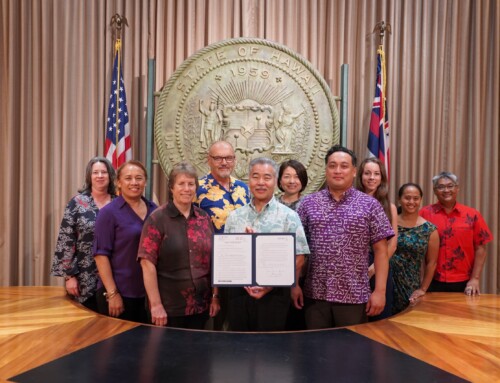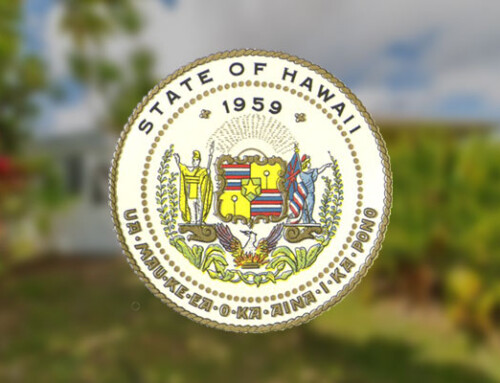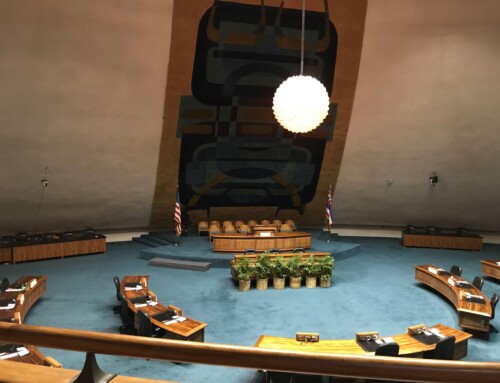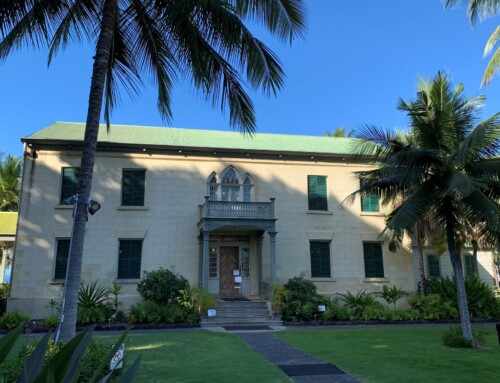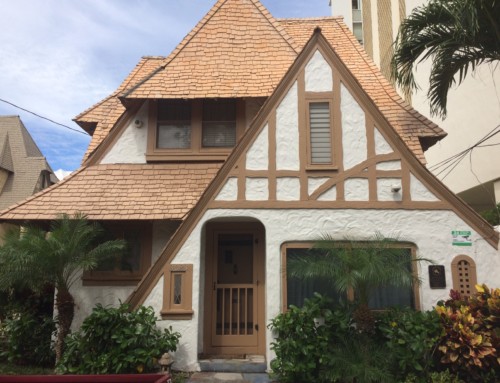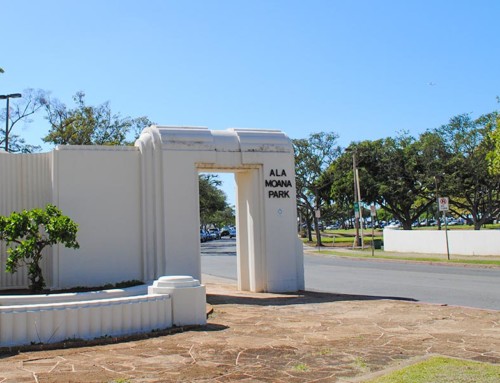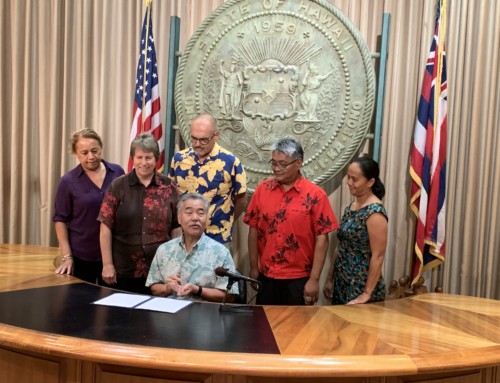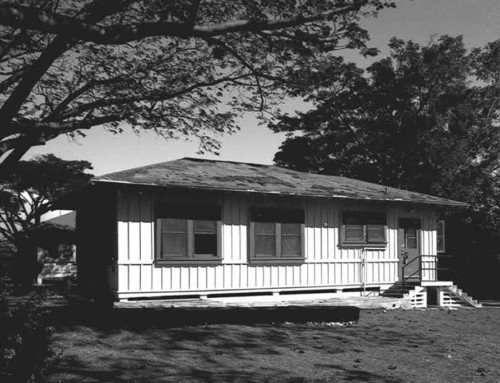12/15/13: The City & County of Honolulu Department of Planning and Permitting (DPP) convened a working group from August to October 2013 to review and recommend improvements to the historic preservation review process.
Hawai‘i State Law (HRS §6E-2, §6E-10 and §6E-42) requires that prior to issuing any permit or land use approval for any project that affects a historic property, state and local jurisdictions shall refer the matter to the State Historic Preservation Division (SHPD) for review and comment. The referral applies to any property over 50 years old; SHPD’s review then establishes whether the property has historic significance and integrity that would make it eligible for the state register of historic places.
DPP established the task force to review the current practices and recommend ways in which they could be improved. The task force included subcommittees on both architectural and archaeological resources. Members included SHPD, Historic Hawai‘i Foundation, Land Use Research Foundation, Building Industry Association, American Institute of Architects Honolulu, American Planning Association Hawai‘i, O‘ahu Island Burial Council, Association of Hawaiian Civic Clubs, and preservation architecture firms.
The committee recommended improvements to the interface between the State and County systems and also substantive improvements for both response to individual cases and affirmative steps to address preservation issues more holistically.
DPP Director George Atta said that the recommendations still need to be compiled and vetted by the City staff, and then used as the basis of an agreement with SHPD. He anticipates taking additional steps to conclude the process in early 2014.
Key recommendations formed by the committee included:
- Track all permits by site identification (such as Tax May Key Number) and not just permit type. Once SHPD has determined whether or not a particular property is or is not eligible for the historic register, future permits may be routed accordingly. Currently, DPP sends successive permit applications to SHPD for comment even after the State has determined that the property is not historic and has asked for no further review.
- Determine a list of categorical exclusions that do not adversely affect historic properties and so do not require SHPD review. This list already includes such items as tenant finishes in commercial buildings, internal electrical rewiring, driveways and fences, and electric meters. The task force recommended expanding the list to any permitting action that would not have an adverse effect.
- Determine best preservation practices for common rehabilitation or repairs and provide a checklist that would apply to those items. If the applicant meets the basic standards, no further review would be needed. This would apply primarily to exterior alterations that have the potential to affect the character of the historic property, such as solar panels, additions or enclosures, or changes to doors and windows.
- Use Inventory and Survey to identify in advance those historic properties and districts that are most significant and should have special protections or treatment. This type of inventory and historic district designation has been neglected for several decades, so the official list of historic properties underrepresents certain property types. The group recommended a long-term project to conduct historic inventories, context studies and historic district designations to remedy the shortage.
The City and State could implement these recommendations via a Programmatic Agreement (PA) or Intergovernmental Agreement (IGA) under existing state law, without further changes to either to Hawai‘i Revised Statutes or Hawai‘i Administrative Rules.
Historic Hawai‘i Foundation supports these effective methods to preserve historic properties and provide for efficient government services without undue burden on property owners and other constituents.


